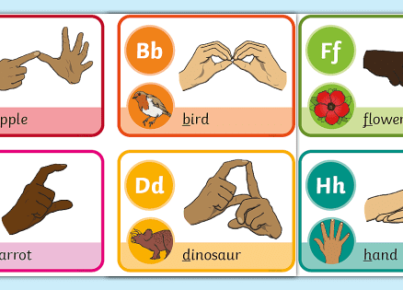Introduction
In a world where understanding different languages is increasingly essential, discovering novel and engaging methods to learn new tongues has become a popular pursuit. One such approach is learning languages through fairy tales – an enchanting way to immerse oneself in the stories and culture of other nations. Let’s dive into the magical world of language acquisition through beloved fairy tales.
The Power of Storytelling
Fairy tales have captured the hearts and minds of both young and old for generations. The universal themes, relatable characters, and vibrant imagery make them ideal vessels for conveying history, culture, and language. As such, these stories provide a unique gateway into studying foreign languages by tapping into the listener’s imagination while expanding their vocabulary and grammar understanding.
When we learn a new language, we are not just learning words and phrases; we are learning the contexts in which they are used. Through storytelling, we grasp these contexts more intuitively while gaining insight into the culture behind them. Additionally, we improve our listening comprehension by engaging with native speakers’ pronunciation and intonation as we recite and listen to these evocative stories.
Global Perspectives through Fairy Tales
Language learners often focus solely on grammatical structures and vocabulary lists but may miss out on the cultural nuances of a language that tend to make communication richer. Fortunately for those who choose to learn a foreign language through fairy tales, they will encounter culturally-specific expressions that would otherwise likely be skipped in more traditional language learning settings
Many fairy tales have various versions based on geographical locations or social groups. By exploring these different renditions, learners can gain insight into the cultural lenses that differentiate one from another. This not only enhances their global awareness but also conveys a deeper understanding of how local perspectives can influence narratives.
Language Acquisition Techniques within Fairy Tales
1. Choose age-appropriate stories:Start with simple narratives designed for children when beginning your language journey. These tales tend to have straightforward sentence structures that ease the learning process.
2. Read, listen, and repeat: Obtain an audiobook or video in the target language and use it conjunction with a written text. Listening to native speakers while reading along is an excellent way to absorb pronunciation and rhythm.
3. Keep a vocabulary notebook: Jot down new words or expressions you encounter while reading or listening to fairy tales. This will help you review unfamiliar terms as you progress.
4. Immerse yourself in multimedia formats: Fairy tale adaptations come in various forms—films, cartoons, and stage performances offer additional opportunities to practice language comprehension and exposure.
5. Connect with native speakers: Engage with native speakers online or in-person by discussing fairy tales or forming a story exchange group where each person shares a tale from their culture in the target language.
Conclusion
Learning languages through fairy tales offers an alluring and accessible way to familiarize oneself with the natural flow, grammar, and cultural nuances of a foreign tongue. By harnessing the power of storytelling, delightful characters, and enthralling plots, learners can turn a potentially daunting experience into a magical adventure. So, pick up your favorite fairy tale in your desired language, let your imagination soar, and open the door to an enchanting linguistic journey!



